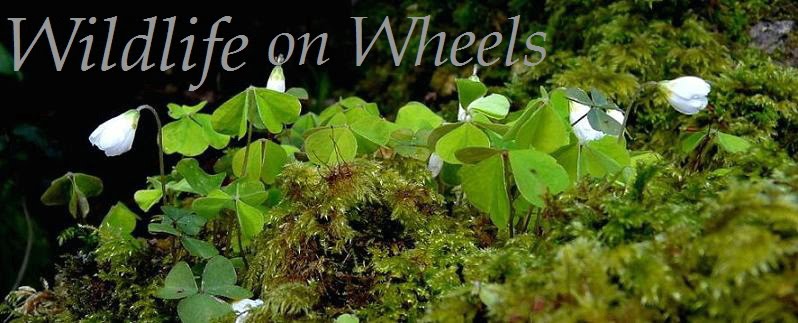If you can help me towards the ID of any of the species in these photographs, can you leave a comment in the comment box below, please?

Repairing some of the damage, caused by the rain. I love those eyes!
I like Spiders, and in fact I like Insects, and Invertebrates. They are intriguing, and I'm amazed at the intricate way they manage to walk. Quite a feat in the eye of a non-walking photographing observer. Once you point the macro-lens onto them, another, more detailed, Spider emerges through the camera and their little faces always make me smile.
And after so much rain recently, it is fun to go outside where web spinning Spiders are busy reparing or, weaving new, webs.
Iam still looking for a European ID website, featuring our UK/Irish Spiders.
This one I captured yesterday.


Now, arethose long fore legs the same as those ofthis one?


Looking from above, it was in an awkward position to photograph, as it was right in the "palm" of the leaf (Bindweed) As you can see, these long front legs do stand out.

The Common Garden Spider,
Araneus diadematus is present in most gardens, and in this one alone I got three that I know off.

Some trapeze artist this is!

Sometimes, you'd see long legs onto a wall , a Spider basking in the Sun, or trying to get indoors. Well, this one was also pasted flat in my kitchen doorway.

As I had my lens on the camera, because I had been capturing the
female Ants, after they emerged for the flight of their lives. So I did try to get a proper look at it, but this is the best I could manage.
(I had this picture rotated to landscape so you could see the face more detailed, but Blogger does again rotate my photos.
Anyone else having similar problems with uploading their photos?
Anyway, it does look like a very crinkly affair with quite big weaponry up front.


As a kid I had to remove Spiders from the shed so my sister could get her bike out. For my mum I had to remove Flip-flaps (Moths) from her bedroom or any other room. She would panic at the sight of one yet I love Moths and really like Spiders too. Not the big black ones, mind.
Wonder who has created this artwork before the rain and covering the Blackberries. Smart move as the berries must attract a fair few Insects.



At last a few more familiar and less spindly characters of the garden:

Hoverfly.


Red Clover,
Trifolium pratense
This Small White,
Pieris rapae, came fluttering through the garden, outside my window. I think that the yellow flowered plant, growing in the planter, is a
Brassica. I see lots of Small Whites here, and Red Admirals. Small Tortoiseshells too, although less than last year.



Nettle too, is a major attraction in this garden. Bramble they like also. (at least here they do)
 Scarlet
Scarlet Pimpernel,
Annagallis arvensis


??



















































